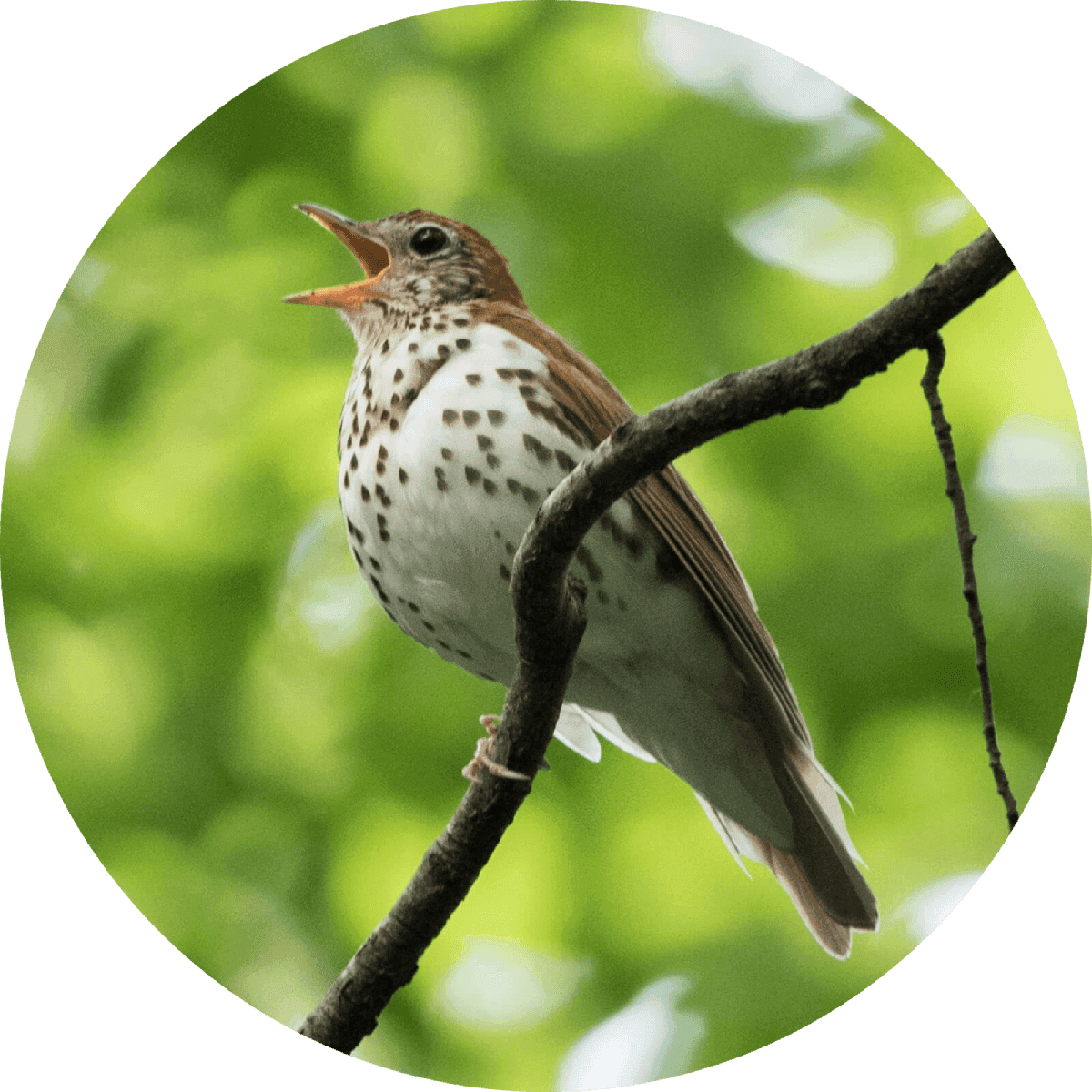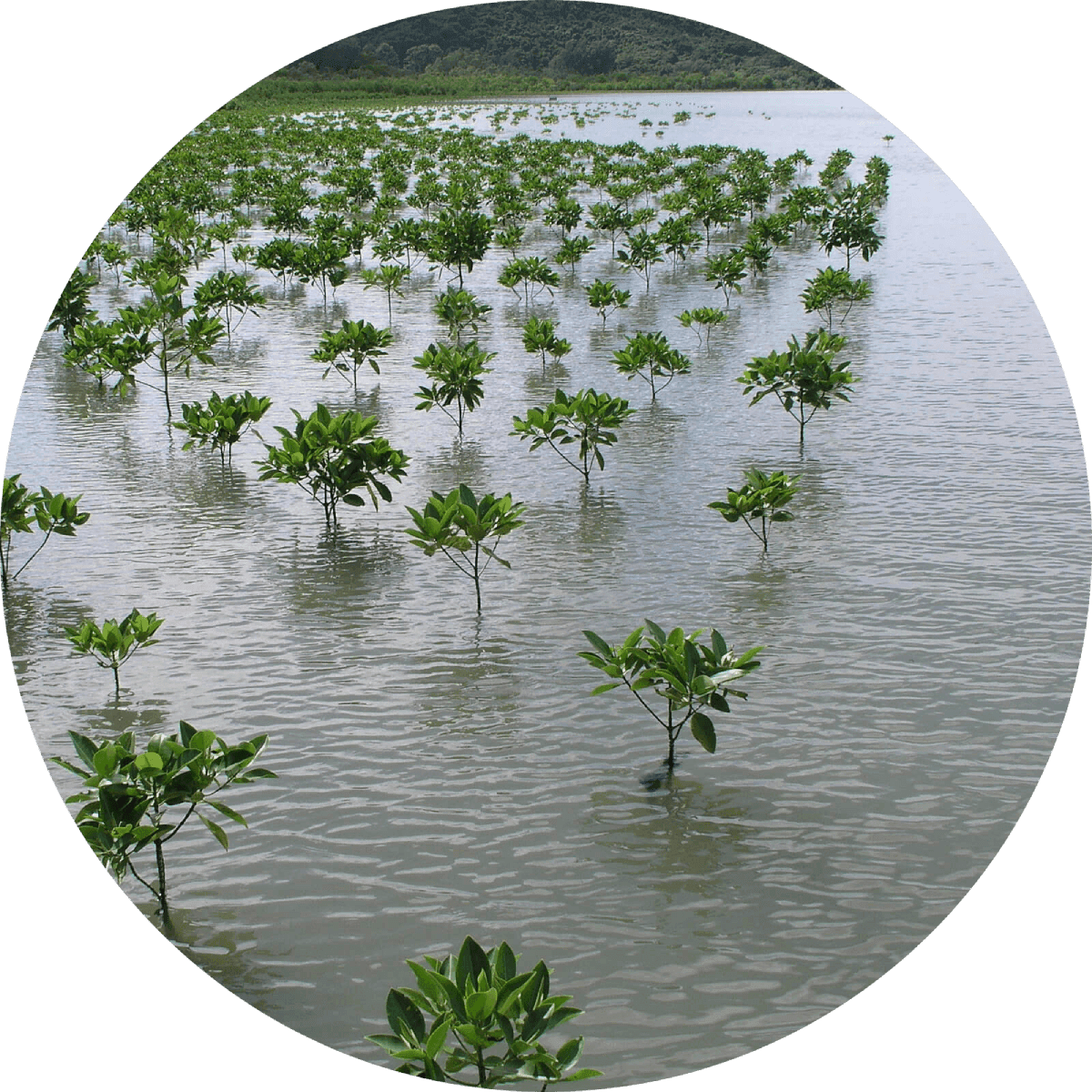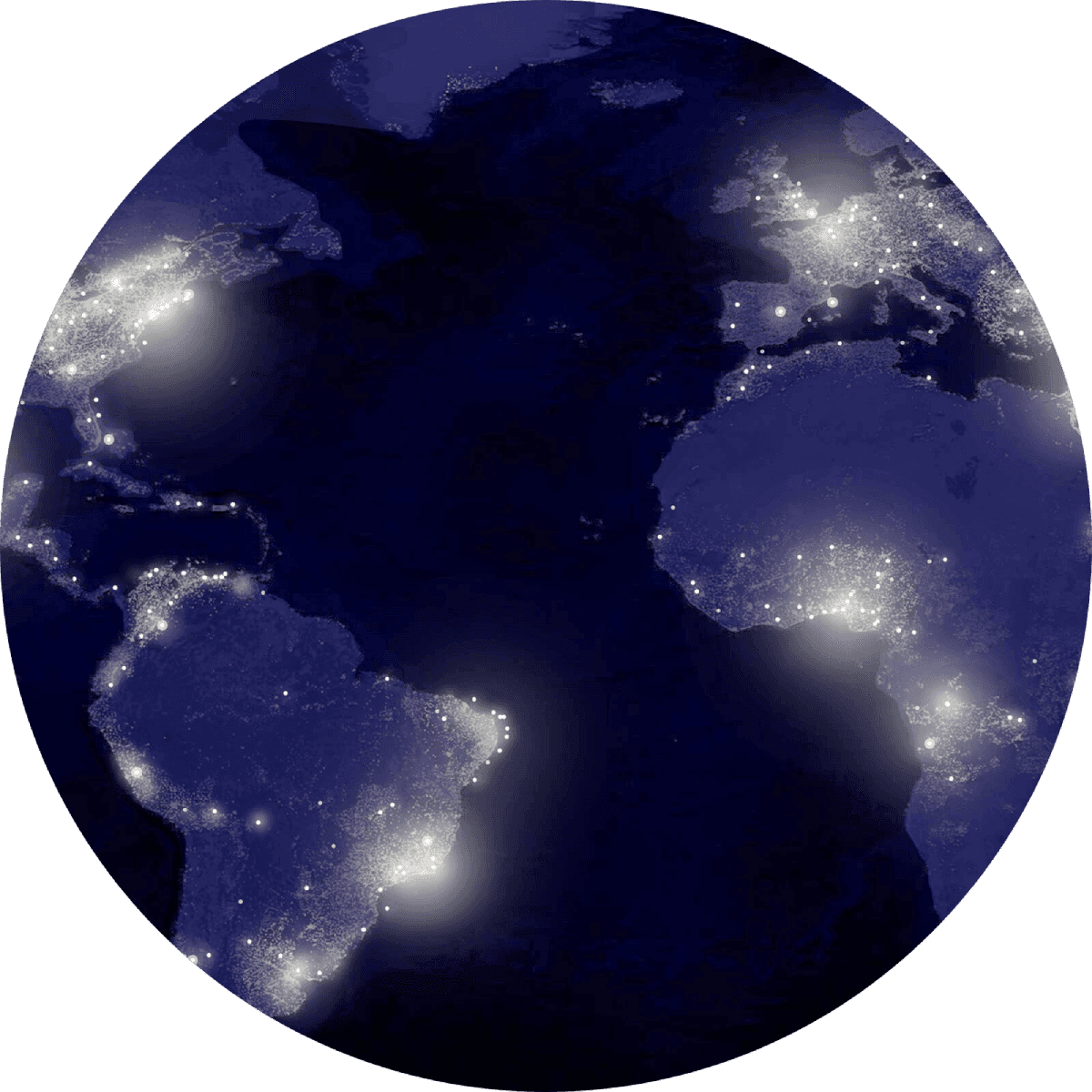
BEST PRACTICE
Sustainable Fishing & Aquaculture
Coastal waters are the most productive and exploited on earth. They cover 7% of the ocean, yet produce 90% of all fish caught. 87% of fish stocks are fully exploited or over exploited.
Over 50% of the ocean’s surface is impacted by industrial fishing, with over 70% of fish species now fully exploited or depleted.
5% of open ocean area could support fish, bivalve, and seaweed aquaculture, but current practices target nearshore waters, and tend to pollute and degrade coastal habitats.
Seaweed farming can sequester carbon, provide habitat for fish and mitigate local effects of ocean acidification. Unlike other forms of aquaculture, it doesn't depend on inputs like fish feed or antibiotics.
By increasing protections and sustainably managing fisheries and aquaculture, we could rebuild depleted fish stocks, securing seafood for billions of people while reducing and absorbing up to 15% of climate emissions.
Sustainable fishing practices and catch limits can improve fisheries, leading to increased population densities, average fish size, and fishery resilience
Open-ocean aquaculture could produce as much as all wild-caught fish, using less than .02% of ocean area, while seaweed farming could help reduce or even reverse ocean acidification.
Expanding seaweed aquaculture can help produce renewable biofuels and food for livestock while absorbing carbon and reducing ocean acidification. Using 3% of the ocean for seaweed could offset 15% of emissions.





